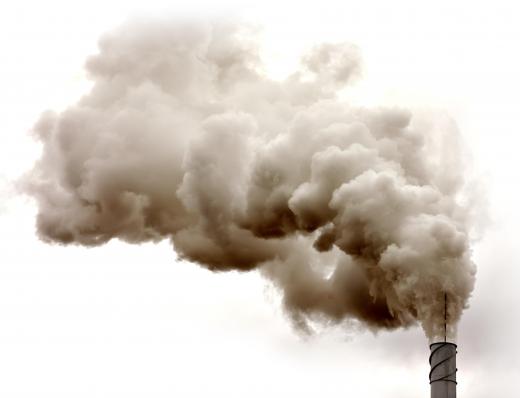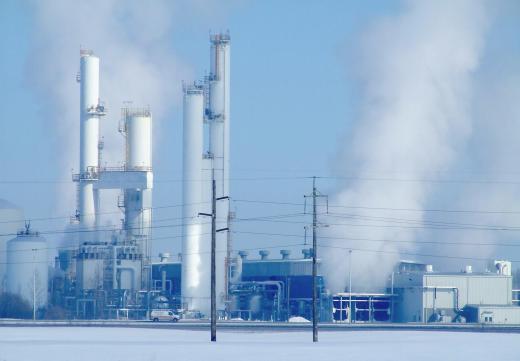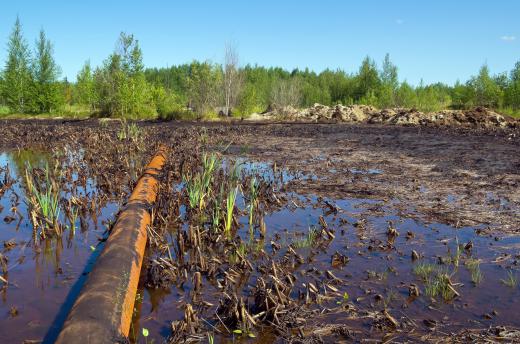Emission credits, also called carbon credits or offset credits, are part of an economic strategy for lowering greenhouse gas emissions through carbon trading. In carbon trading, a government or other law-making body puts a price on carbon emissions and requires industries to pay for their emissions, creating an economic incentive to cut back on pollution. To allow some flexibility, the government also puts a cap, or limit, on the amount of emissions that can be produced without paying, so that a company can either operate freely beneath the cap or pay to produce more carbon. If a company reduces emissions to below the cap, the company receives emission credits for each ton of carbon not produced. These credits may be sold or banked.
The problem of carbon emissions is on environmental agendas worldwide. When fossil fuels, such as coal, gas, or oil, are burned to create energy, they release carbon in the form of carbon dioxide (CO2). Carbon dioxide is a greenhouse gas, or a gas that traps heat within the atmosphere and contributes to global warming. Climate change has wide ranging negative impacts on humans and the environment.

To stem this problem, the United States National Air Pollution Control Administration began working on a carbon emissions trading program in the 1960s, which it began implementing in the Clean Air Act of 1977. Emissions trading continued to spread, being more fully incorporated into U.S. environmental policy and added to environmental policies in the European Union. In addition to the nations that use emission trading and credits, coverage has also expanded. Coverage refers to the types of industries that must comply with emission trading programs’ standards and procedures.

Monitoring systems are also put in place to ensure that emission sources are correctly reporting emissions, and operating below the cap. When a company reduces emissions beneath the cap and receives emission credits for carbon not produced, it has several options on how to use the credits. The company may choose to bank its emission credits, storing them to be used later, at a time when the company may have to produce more greenhouse gases. The company can also sell the credits to another participating company that wants to produce more greenhouse gases than allowed by the cap.

This model of trading emission credits strives for a decrease in collective emissions, rather than individual reductions. Consider a hypothetical example in which there is an emissions limit of ten tons of carbon per source of emissions in a given industry, such as a textile industry. Textile factory A reduces its emissions to eight tons of carbon, earning two emission credits. To save money, textile factory B also reduces its emissions, but is still producing twelve tons of carbon, forcing it to buy two of factory A’s emission credits. While factory B is still operating above the cap, the industry as a whole has reduced its emissions to meet the cap.

Less commonly, a baseline and credit carbon trading program may also use economic incentive and emission credits as a means of reducing greenhouse gas output. Unlike cap and trade, baseline and credit programs do not charge sources for operating above a maximum limit on emissions. Instead, sources are rewarded with emission credits for reducing gas output to below a baseline level. The objective, however, remains the same: to reduce collective, rather than individual, emissions. Critics complain that trading emission credits redirects motives away from conservation, toward profit drive.
